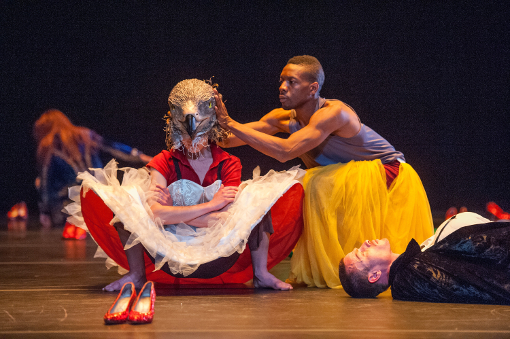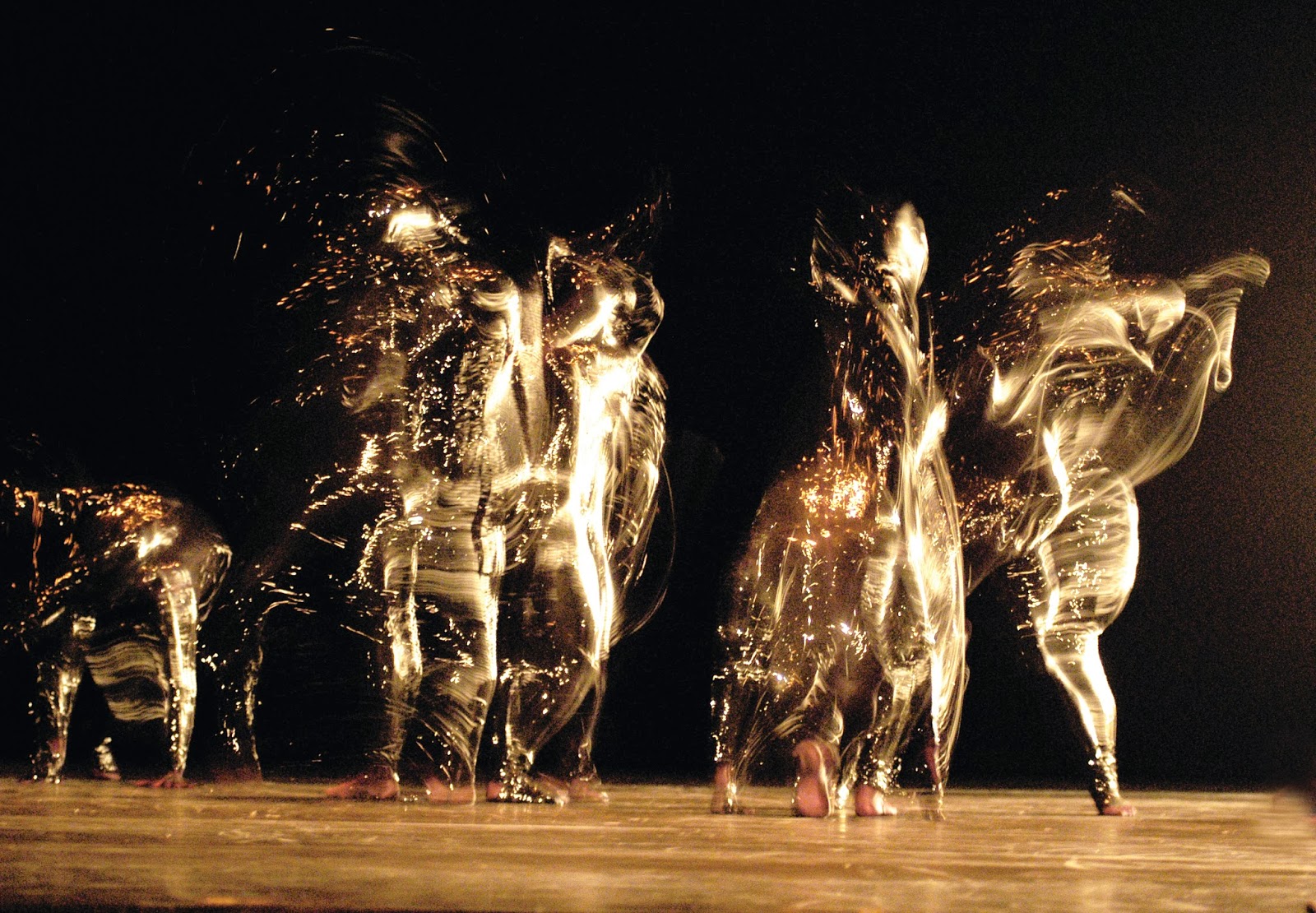By: Edna Landau
When I visit with students at conservatories and music schools around the United States, the question I am most frequently asked concerns the right time for approaching management. I tell students, as well as young artists who are already actively concertizing, that developing artistic recognition, positive word of mouth and distinct marketability can take considerable time. We then discuss the various aspects of this process over which they have control and a strategy for embarking on the journey.
Sybarite5 has been on my radar screen since March of 2012. In October of that year, I featured them in my blog post titled A Flair for Marketing. The instrumentation of the group (two violins, viola, cello, double bass) and their varied and untraditional repertoire did not make them an obvious target for management, but I sensed that their gift for marketing themselves in a very warm and appealing way could be a strong plus for attracting attention in the management world. It was also of utmost importance that they play at a very high level and this was borne out in several of their performances which I was able to hear. Despite all this, I was very surprised (albeit delighted) to read, about two weeks ago, that Frank Salomon Associates had added Sybarite5 to its roster, the first new artist to join this prestigious management’s list in seven years. I wondered about the process that had led to such a momentous announcement and decided to call the Salomon office, as well as Steven Shaiman, Senior Vice President and Director, Artist Management, at Concert Artists Guild, which has managed the group since they won their 2011 Victor Elmaleh Competition.
I asked Steve if he remembered Sybarite5’s 2011 audition and what made them stand out. He told me that they were like a breath of fresh air. “They weren’t trying to be innovative. They had already hit on something very engaging and were able to get your attention and keep it.” He also said that they had very good presentation skills and a polished program which showed the variety of what they did. That program had already served them well when they performed a showcase at the Chamber Music America conference, an opportunity that had already opened some doors for them. The group had also showcased at other booking conferences (Western Alliance and Arts Midwest) prior to the Concert Artists Guild competition. They came across to Steve as extremely confident and had already released a five-track disc Disturb the Silence, which gave CAG an immediate marketing tool as they further introduced this unusual group in the marketplace. CAG released Sybarite5’s second disc Everything in its Right Place (ten arrangements of music by Radiohead) in 2012 on its own CAG Records label. The title of this album would seem to be a most apt description of how the ensemble has developed over the years.
How did Frank Salomon Associates (FSA) turn out to be the right place for Sybarite5? They seem like an unlikely choice for an agency that has been very discerning but also traditional in its roster choices over the years. In a call to its director, Barrie Steinberg and associate, Chris Williams (manager of Sybarite5), I was reminded that TASHI had been a long-time client of the firm and that they had performed in untraditional concert dress, announced programs from the stage, and offered both classical and crossover repertoire. Chris first heard Sybarite5 at a Midwest conference showcase and found them to be artistically compelling and “super cool”. Several of the FSA staff subsequently heard the group at a Young Performers Career Advancement (YPCA) showcase in January of 2013 and Chris heard them again three months later at one of their self-produced concerts at the cell in New York. He was impressed by the diverse crowd and found the concert experience to be very different and a great deal of fun. A classically trained violist with undergraduate and graduate degrees in Viola Performance, Chris had also developed a strong interest in pop music during his college years. He advocated for Sybarite5 at the Frank Salomon office, reinforcing the positive impression that Barrie had of the group, having heard them when they first started out, followed them through their newsletters, and spoken to presenters about them from time to time. FSA had also been regularly updated by Concert Artists Guild with regard to the group’s development. Both Barrie and Chris confirmed to me that several additional factors contributed to their having been signed by the agency:
1) Sybarite5’s varied repertoire and style of presentation bring in a younger audience.
2) The group is always finding ways to be visible, and they work hard at it. They never look solely to management to make things happen for them. Their newsletters are unfailingly gracious and informal, but also very informative. As I wrote this column, Sybarite5 were in Sarasota, Florida for their inaugural Forward Festival (described as the world’s first portable chamber music festival). It was launched, in part, with the help of a Kickstarter campaign that exceeded its goal of $50,000. The group’s choice of Sarasota reflects their innate business sense in undertaking a new enterprise in the home town of one of their members (bassist Louis Levitt). They also undoubtedly created a good deal of excitement and community engagement by including top-notch local musicians in their five programs, presented in five different venues, and offering outreach activities along the way. The programming, which featured repertoire ranging from Debussy and Bach to Bjork and Radiohead, also included the world premiere of Andy Akiho’s RESOLVE, commissioned with an award from Chamber Music America. It should come as no surprise that the festival attracted no less than six media sponsors.
3) Sybarite5 have an ongoing commissioning program that contributes to their vitality and their ability to continue to offer presenters new programs. In spring 2015, they will premiere the world’s first concerto for string quintet and orchestra by American composer Dan Visconti. Their residencies sometimes include an innovative New Music IDOL project, which invites collegiate level composition students to write short pieces that are performed and critiqued in a casual concert setting, complete with a panel of judges. A winner is chosen via a live text-to-vote system. The group hopes that one or more of these pieces may someday become part of their repertoire.
4) The group is very well-structured (they are a 501c3) with an effective division of labor. They have a policy of answering everyone within 48 hours – a manager’s dream! They have worked tirelessly to create themselves as a brand, making it easier to approach presenters about them.
My own favorite manifestation of Sybarite5’s ingenuity and creativity is their online merchandise store. Featured alongside the expected T-shirts, sweatshirts and tote bags are bibs, an organic baby bodysuit, a license plate frame, pet bowls, and a T-shirt for your dog – all complete with the group’s logo.
I commend Frank Salomon Associates for signing this exciting, boundary-defying group and wish them fortitude in keeping up with them as they achieve new heights!
©Edna Landau 2014





